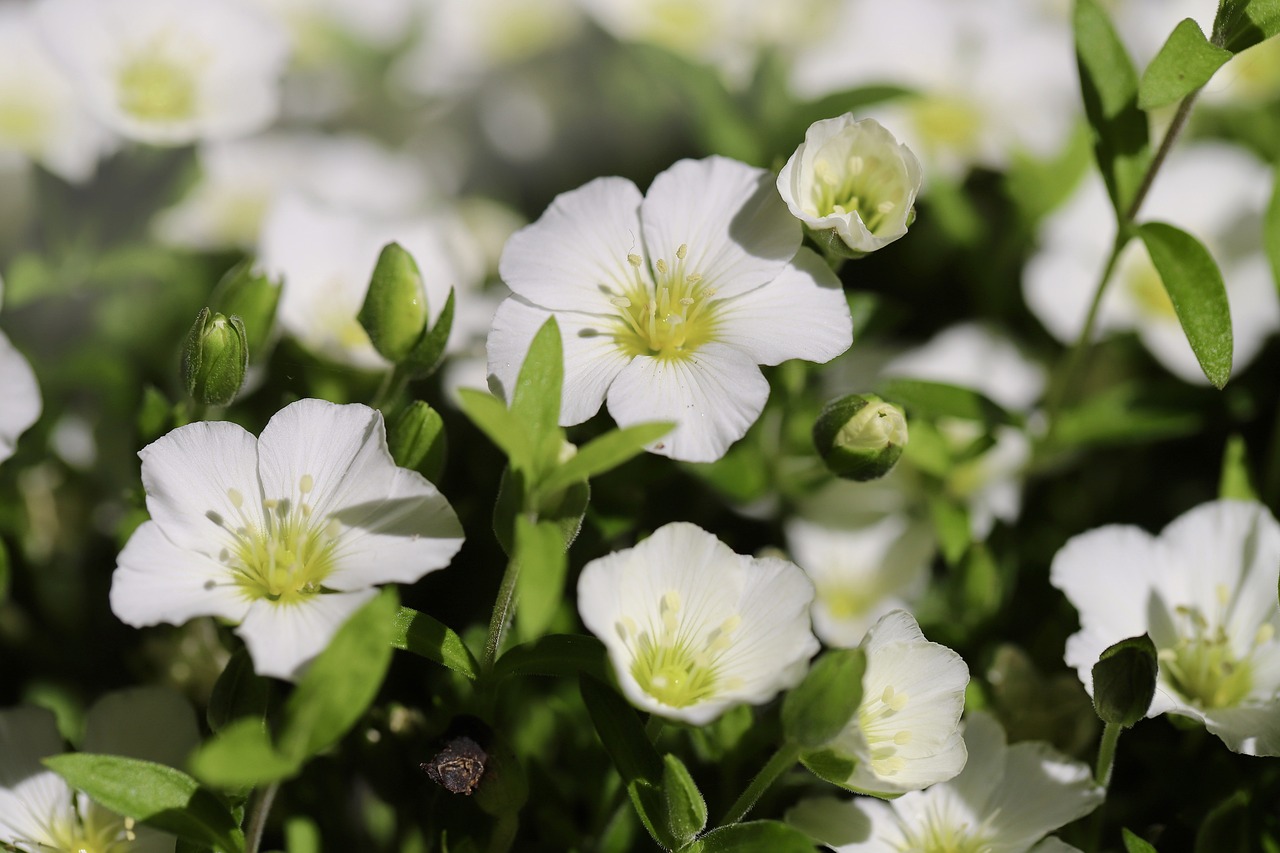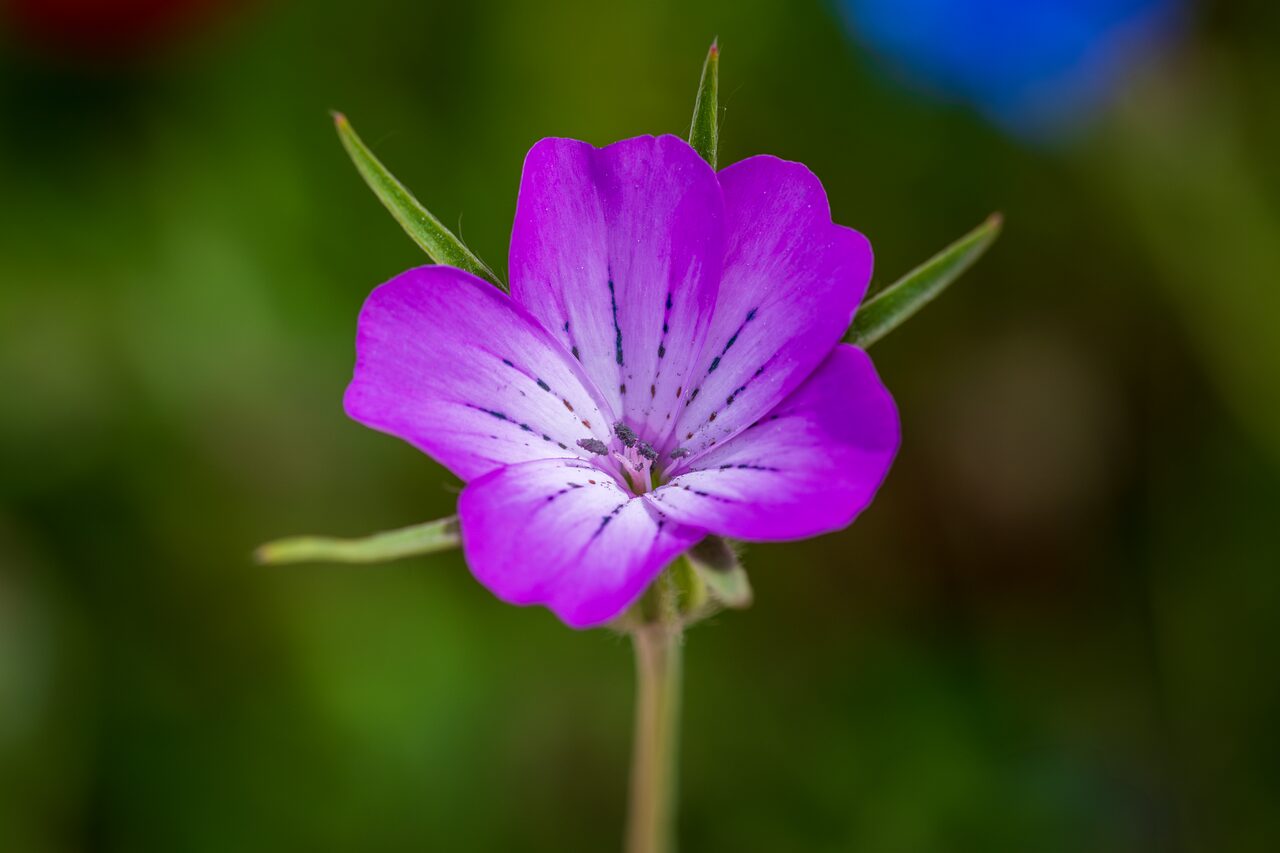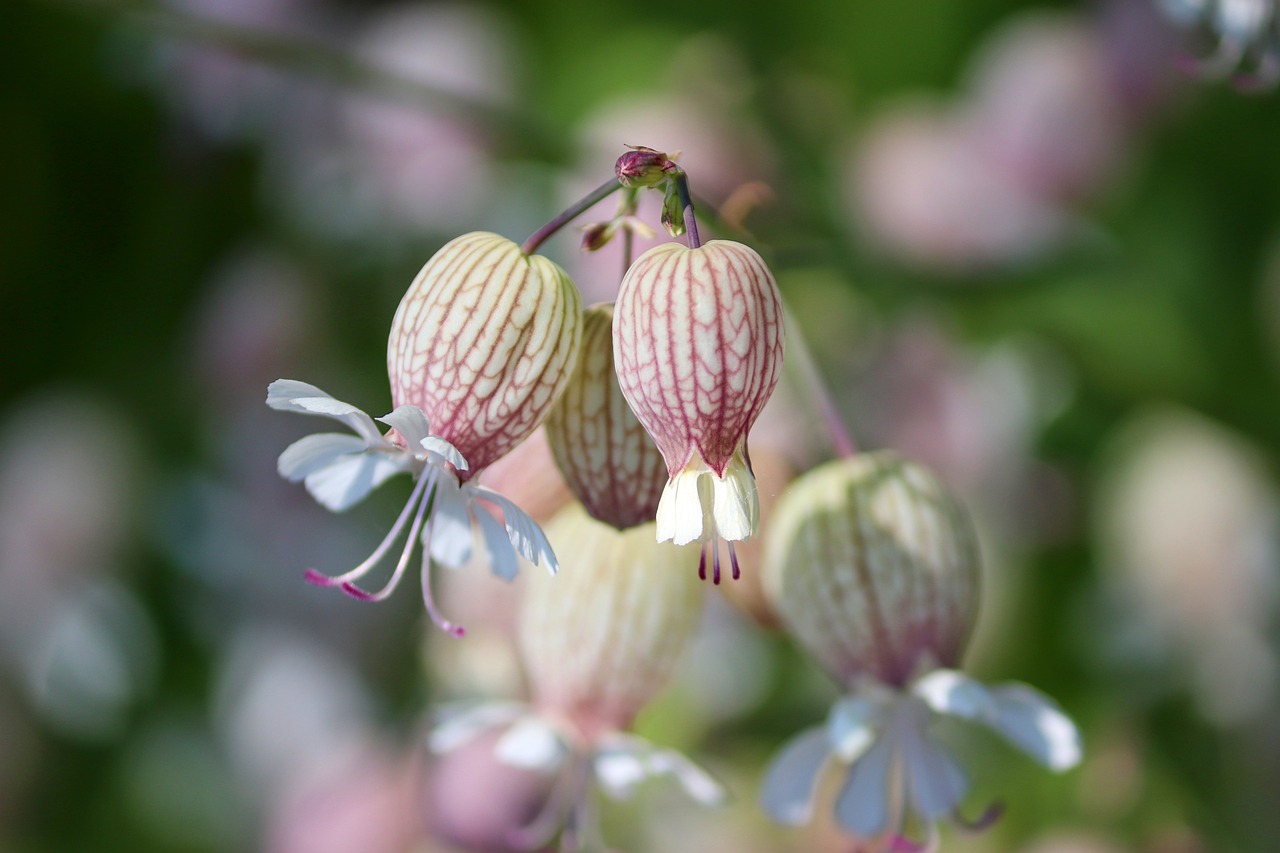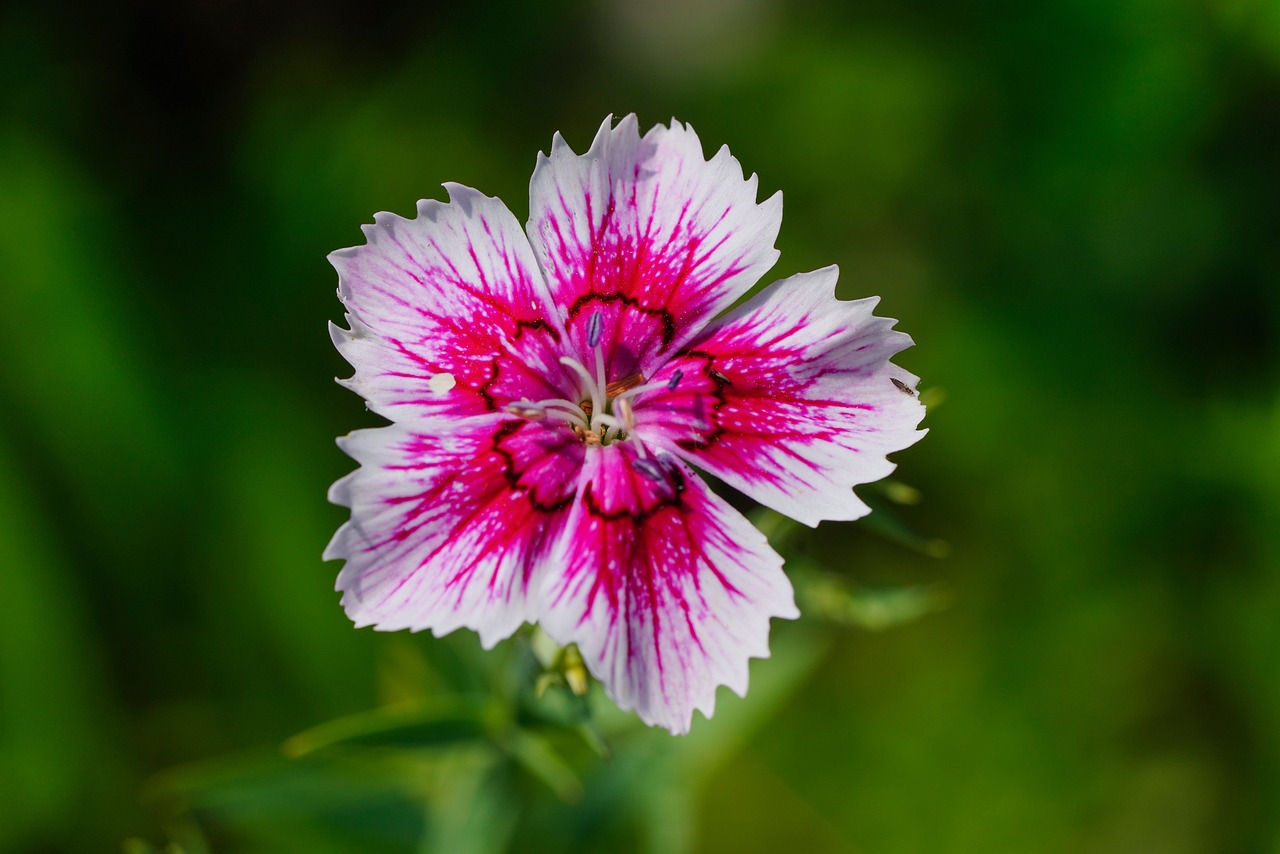Chickweed | A Beloved Spring Herb, One of the Seven Herbs of Spring
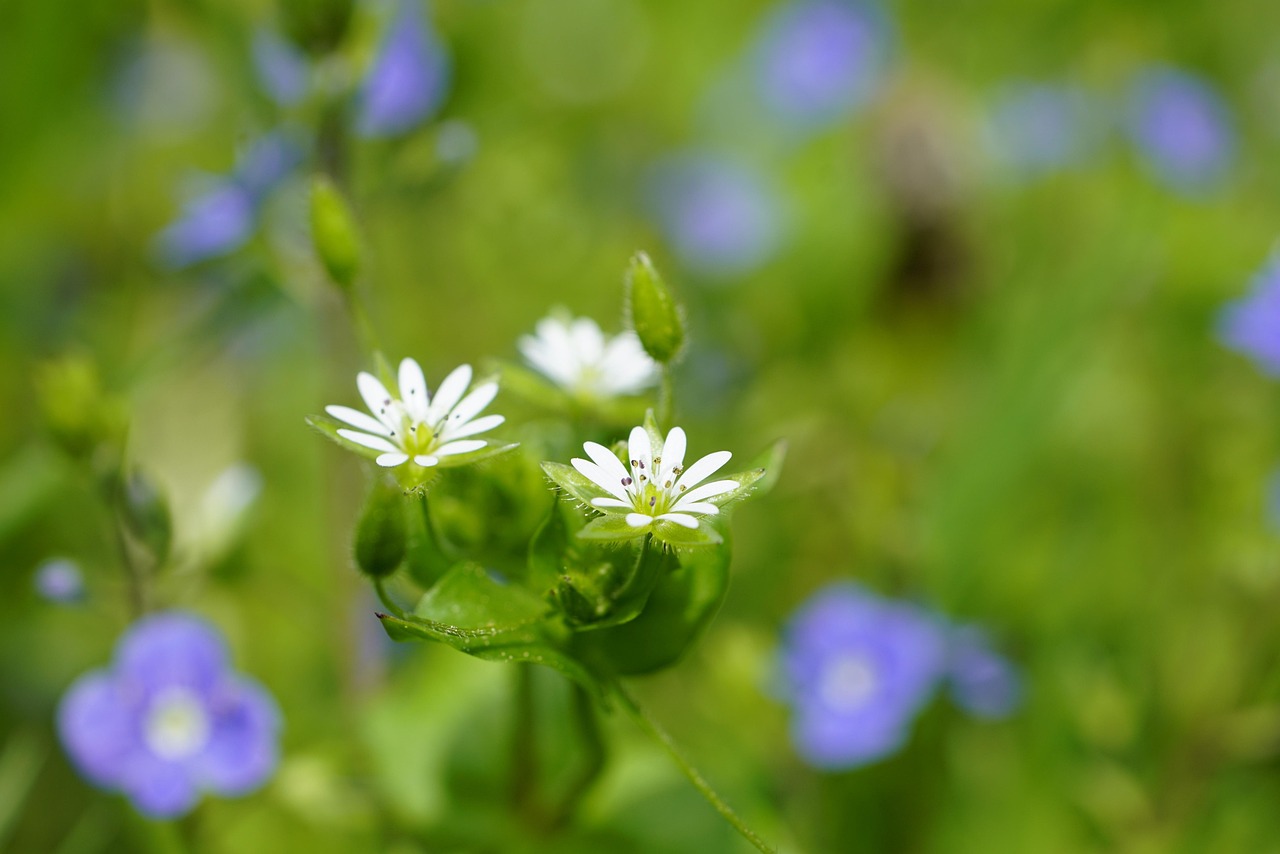
I introduce chickweed (Stellaria media), an annual plant with delicate white flowers and slender leaves, commonly found across Asia including Japan.
For centuries, people have cherished chickweed as a familiar wild herb, naturally blending into daily landscapes such as fields and roadsides.
In this article, I explain its basic characteristics, cultural and historical background, as well as gardening advice for cultivating it.
Basic Information
- Scientific name: Stellaria media
- Family: Caryophyllaceae
- Origin: Widely distributed across the Eurasian continent
- Appearance: A small annual herb about 10–30 cm in height, with slender stems and tiny white five-petaled flowers. The petals are deeply notched, giving the impression of ten petals. The leaves are opposite, ovate, and pointed at the tip.
- Flowering season: Autumn to spring (sometimes year-round, depending on the region)
Cultural Significance Around the World
Chickweed has long grown close to human life, forming strong ties with local cultures.
In Japan, it is known as one of the Seven Herbs of Spring (haru no nanakusa) and is often mentioned in New Year traditions. In rural areas, it has been loved as a familiar wildflower, coloring everyday scenery.
In Europe as well, chickweed commonly appears in gardens and around farmland. Its resilience and modest beauty have made it a symbol of simple, peaceful living, frequently appearing in poetry and literature.
Historical Background
Chickweed has been known since ancient times, appearing in early records across Europe and Asia.
It is mentioned in the works of Pliny the Elder, the Roman naturalist, as a common herb. In Japan, records dating from the Nara and Heian periods note its presence, showing its close relationship with daily life.
During the Edo period, chickweed was also appreciated within gardening culture, valued as a plant embodying the spirit of enjoying nature.
Gardening Advice
Although chickweed grows naturally in the wild, with proper care it can thrive even more vigorously.
Light
Prefers bright shade or partial shade. Gentle sunlight is more suitable than strong direct sunlight.
Watering
Water lightly when the surface soil dries. Since it dislikes excessive moisture, ensure good drainage.
Soil
Well-drained, airy soil is ideal. A mix of akadama soil with leaf mold provides a good balance of moisture retention and drainage.
Fertilizer
Fertilizer is not essential, but applying a diluted liquid fertilizer once a month during the growing season promotes steady growth.
Pruning
Remove wilted flowers and leaves regularly to keep the plant clean and prevent pests.
Cold tolerance
Quite hardy in winter; no special frost protection is needed except in very cold regions.
Conclusion
Chickweed is an unpretentious yet charming annual herb that has long accompanied human life.
In Japan, it is cherished as one of the Seven Herbs of Spring, while in Europe it is admired as a modest flower brightening everyday scenery.
With its subtle but distinct presence, chickweed adds a calm and soothing atmosphere to quiet gardens or potted displays.

